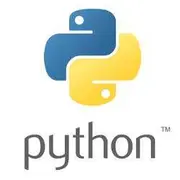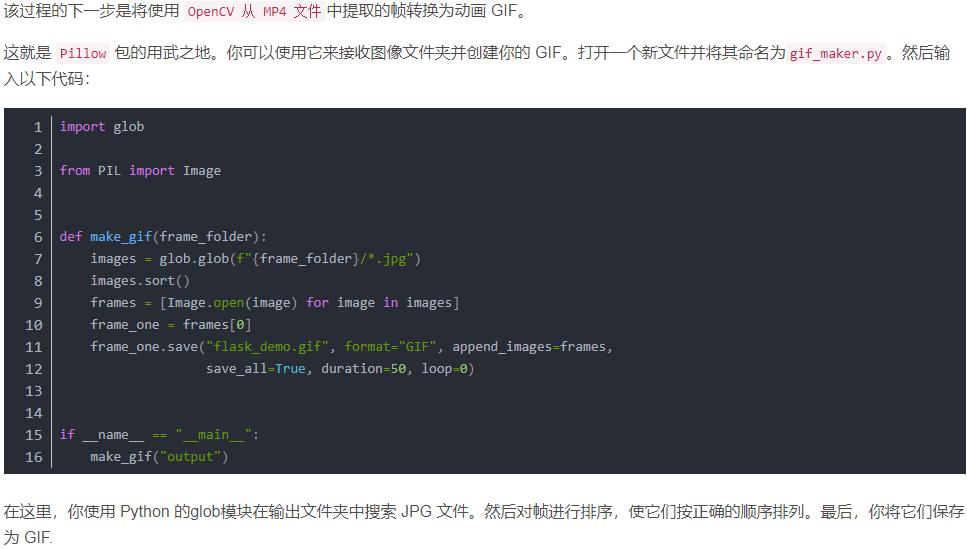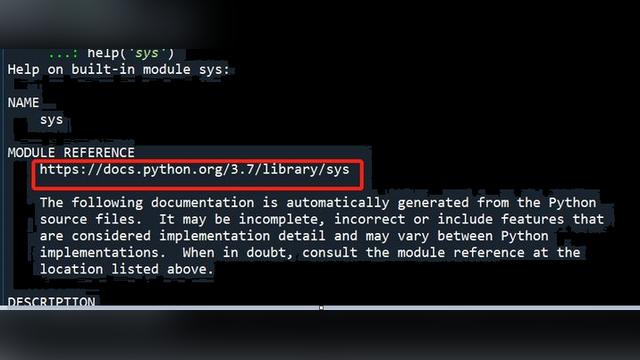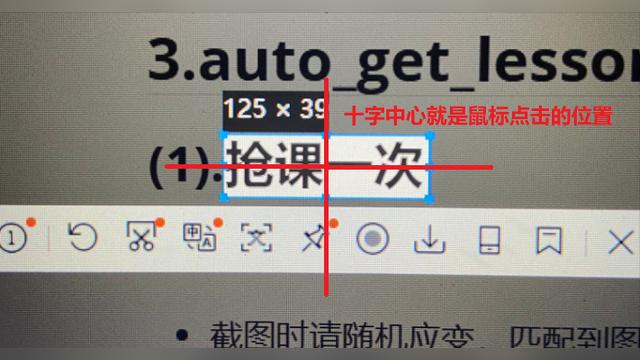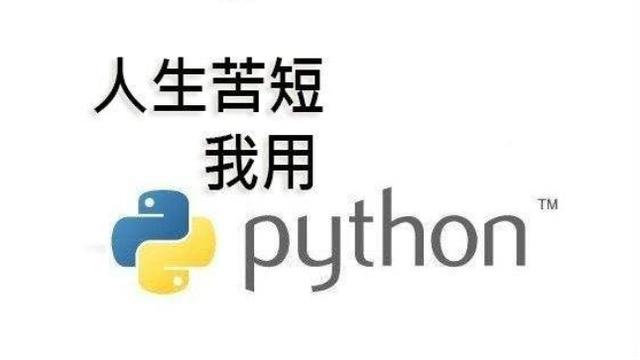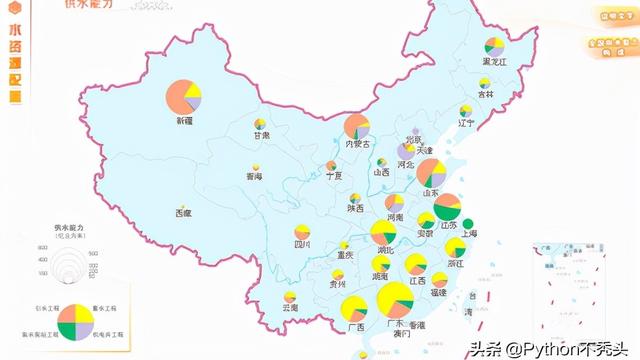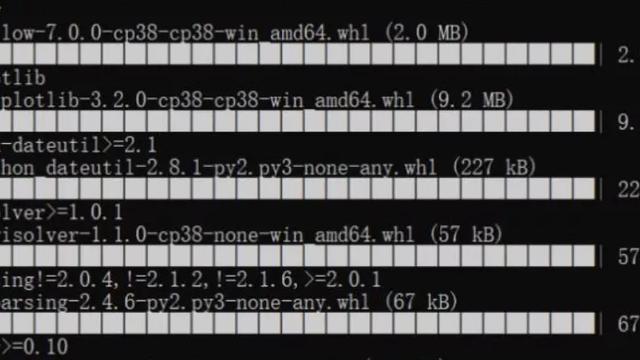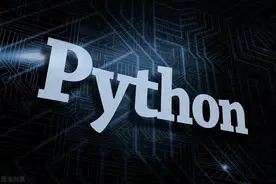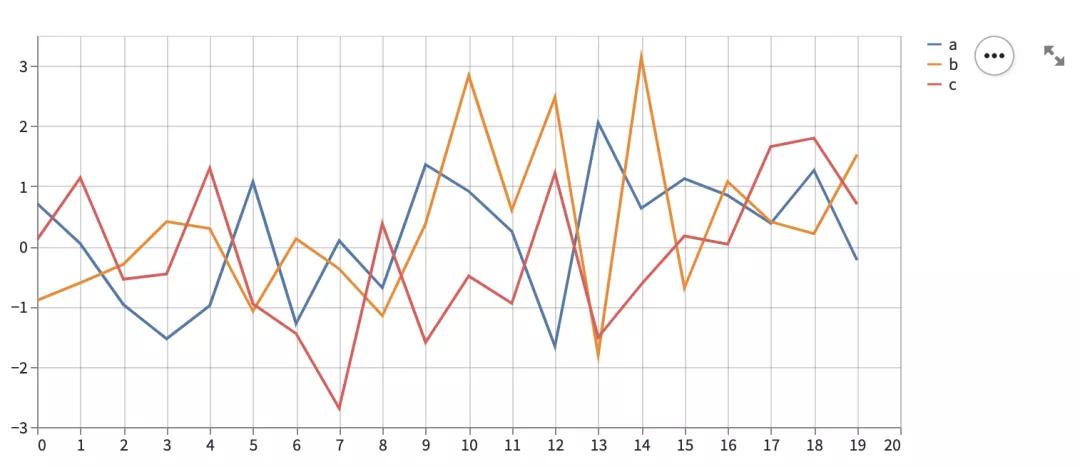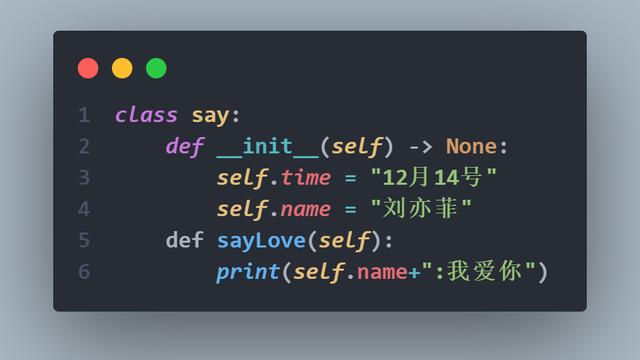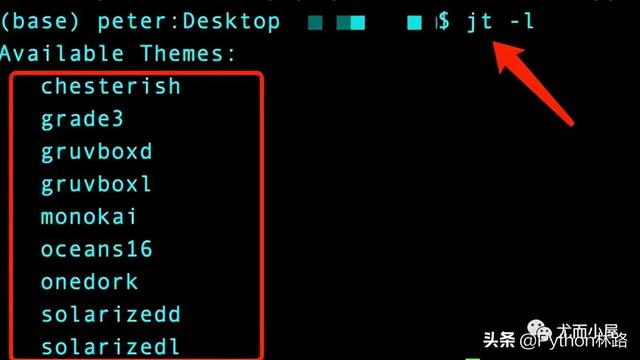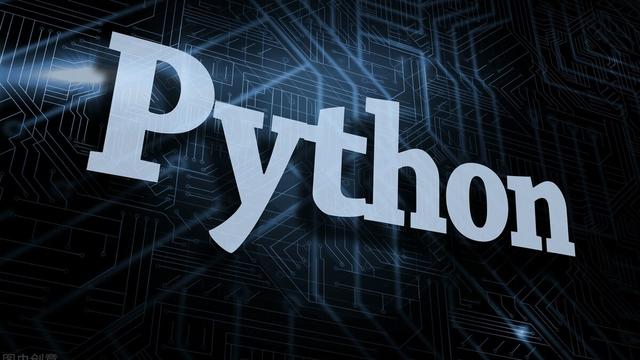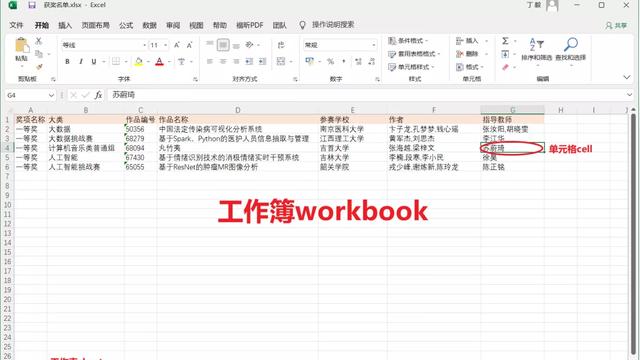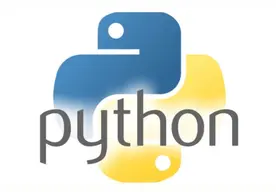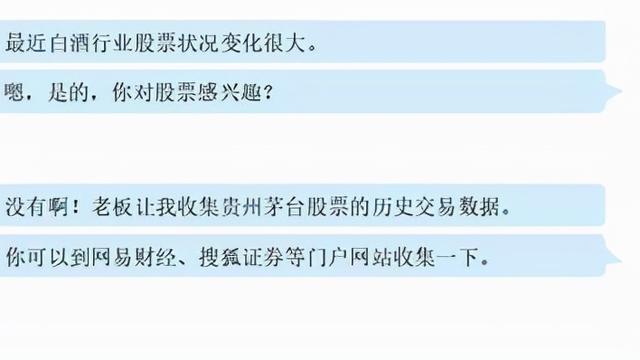如何使用 Python 完成 Git 管理?

作者:匿蟒
链接:https://note.qidong.name/2018/01/gitPython
有时,需要做复杂的 Git 操作,并且有很多中间逻辑。用 Shell 做复杂的逻辑运算与流程控制就是一个灾难。所以,用 Python 来实现是一个愉快的选择。这时,就需要在 Python 中操作 Git 的库。
0. GitPython 简介
GitPython是一个与Git库交互的Python库,包括底层命令(Plumbing)与高层命令(Porcelain)。它可以实现绝大部分的Git读写操作,避免了频繁与Shell交互的畸形代码。它并非是一个纯粹的Python实现,而是有一部分依赖于直接执行 git 命令,另一部分依赖于GitDB。
GitDB也是一个Python库。它为 .git/objects 建立了一个数据库模型,可以实现直接的读写。由于采用流式(stream)读写,所以运行高效、内存占用低。
1. GitPython安装pipinstall GitPython
其依赖GitDB会自动安装,不过可执行的 git 命令需要额外安装。
2. 基本用法initimportgit
repo = git.Repo.init(path= '.')
这样就在当前目录创建了一个Git库。当然,路径可以自定义。
由于 git.Repo 实现了 __enter__ 与 __exit__ ,所以可以与 with 联合使用。
withgit.Repo.init(path= '.') asrepo:
# dosth withrepo
不过,由于只是实现了一些清理操作,关闭后仍然可以读写,所以使用这种形式的必要性不高。详见附录。
clone
clone分两种。一是从当前库clone到另一个位置:
new_repo= repo.clone(path= '../new')
二是从某个URL那里clone到本地某个位置:
new_repo= git.Repo.clone_from(url= 'git@github.com:USER/REPO.git', to_path= '../new')
commitwithopen( 'test.file', 'w') asfobj:
fobj. write( '1st linen')
repo. index.add(items=[ 'test.file'])
repo. index.commit( 'write a line into test.file')
withopen( 'test.file', 'aw') asfobj:
fobj. write( '2nd linen')
repo. index.add(items=[ 'test.file'])
repo. index.commit( 'write another line into test.file')
status
GitPython并未实现原版 git status ,而是给出了部分的信息。
>>> repo.is_dirty
False
>>> with open( 'test.file', 'aw') as fobj:
>>> fobj.write( 'dirty linen')
>>> repo.is_dirty
True
>>> repo.untracked_files
[]
>>> with open( 'untracked.file', 'w') as fobj:
>>> fobj.write( '')
>>> repo.untracked_files
[ 'untracked.file']
checkout(清理所有修改)>>> repo.is_dirty
True
>>> repo.index.checkout(force=True)
<generator object <genexpr> at 0x7f2bf35e6b40>
>>> repo.is_dirty
False
branch
获取当前分支:
head= repo.head
新建分支:
new_head= repo.create_head( 'new_head', 'HEAD^')
切换分支:
new_head.checkout
head.checkout
删除分支:
git.Head. delete(repo, new_head)
# or
git.Head. delete(repo, 'new_head')
merge
以下演示如何在一个分支( other ),merge另一个分支( master )。
master = repo.heads.master
other = repo.create_head( 'other', 'HEAD^')
other.checkout
repo. index.merge_tree(master)
repo. index.commit( 'Merge from master to other')
remote, fetch, pull, push
创建remote:
remote= repo.create_remote(name= 'gitlab', url= 'git@gitlab.com:USER/REPO.git')
远程交互操作:
remote = repo.remote
remote.fetch
remote.pull
remote.push
删除remote:
repo.delete_remote(remote)
# or
repo.delete_remote( 'gitlab')
其它
其它还有Tag、Submodule等相关操作,不是很常用,这里就不介绍了。
GitPython的优点是在做读操作时可以方便地获取内部信息,缺点是在做写操作时感觉很不顺手,隔靴搔痒。当然,它还支持直接执行 git 操作。
git= repo.git
git.status
git.checkout( 'HEAD', b= "my_new_branch")
git.branch( 'another-new-one')
git.branch( '-D', 'another-new-one')
这……感觉又回到了老路,而且仍然感觉怪怪的。
3. 其它操作Git的方法subprocess
这就是所谓『老路』。在另一个进程,执行Shell命令,并通过stdio来解析返回结果。
importsubprocess
subprocess.call([ 'git', 'status'])
dulwich
dulwich是一个纯Python实现的Git交互库,以后有空再研究吧。
官方网站:https://www.dulwich.io/
pygit2
pygit2是基于libgit2实现的一个Python库。底层是C,而上层Python只是接口,运行效率应该是最高的,然而孤还是放弃了。其缺点是,需要环境中预先安装libgit2。相比之下,GitPython只需要环境预置Git,简单多了。
官方网站:http://www.pygit2.org/
